First Amendment Fire
In recent news, a California high school fired its journalism and debate teacher, Jennifer Kim, for standing up for her students’ right to freedom of press. The situation heated up when a journalism class tried to publish their opinions on the dismissal of a well-loved past teacher, Andrew Nguyen. The administrators of San Gabriel High School put Kim on leave without significant public explanation. They believed the Journalism class’s publishing of statements about Nguyen’s termination invaded the privacy of their ex-employee; however, he had allegedly signed a document allowing students to discuss and publish works about him. As quoted from San Gabriel’s newspaper, “The Matador”:
“The Matador views this as a clear violation of the freedom of the press under the First Amendment, as Nguyen’s dismissal is an ongoing and public incident relevant to the school. In addition, Nguyen granted permission to all interested parties to discuss the events surrounding his pending departure. We, as a newspaper, feel obligated to disclose this incident with our readers, and as a result we have decided to take more time to research the situation, pending legal counsel with a representative of the Student Press Law Center.”
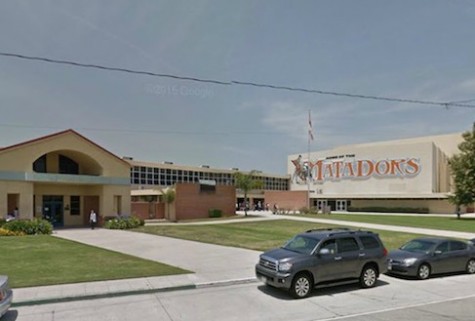
A significant facet to the story which helped bring the controversy to the public eye was the students’ further intention to protest on school grounds against the firing of Nguyen. The involved students reported threats from the school district to enforce legal action on the students if they followed through with the protests, and as a result Nguyen stopped the efforts. Between fired teachers and angry students, Kim summed up her reactions by stating, as quoted by reporter Jean Trinh, “I was merely enforcing (state) education code 48907, which was written to protect the work of student journalists and their advisers.”
California Education Code 48907 (1977), also known as the California Student Free Expression Law, basically states that under the precedents of Hazelwood v. Kuhlmeier (1988), California students are subject to the lower level of the First Amendment and should be allowed to publish whatever they want. Because of the controversial nature of “The Matador’s” publishing about a fired teacher, the lines on what the newspaper should be allowed to publish blurred due to the distinction of banning any offensive or disruptive material as set in Tinker v. Des Moines (1969).
On a local level, Colorado’s Student Free Expression Law similarly dictates that, “The general assembly declares that students of public schools shall have the right to exercise freedom of speech and of the press, and no expression contained in a student publication, whether or not such publication is school-sponsored, shall be subject to prior restraint except for the types of expression described in the subsection” (Section 22-1-120). The subsection limits newspapers from publishing any content that is: “(a) Expression which is obscene; (b) Expression which is libelous, slanderous, or defamatory under state law; (c) Expression which is false as to any person who is not a public figure or involved in a matter of public concern; (d) Expression which creates a clear and present danger of the commission of unlawful acts, the violation of lawful school regulations, or the material and substantial disruption of the orderly operation of the school or which violates the rights of others to privacy.” If you are interested, a full version of this law is linked below.*
In summary, the Colorado Student Free Expression Law enforces about the same guidelines on what students can and can’t publish as the California Education Code 48907. Within these guidelines, our newspaper technically operates under the “school regulations,” which passes the scrutiny of our freedom of speech onto Air Academy’s administration. Speaking for the specific nature of the Jetstream Journal; however, this responsibility actually falls under our Adviser, Ellen Steinke, and the student editors of the paper.
Ellen Steinke, Adviser of The Jetstream Journal, commented on the California incident, saying that, “It’s a little worrying, but I also don’t print anything unless I edit it first. As long as my students have a good understanding of what is or isn’t acceptable, there shouldn’t be problems.” The fundamental issue of the recent Kim case and the state’s freedom of speech laws as applied to students comes down to the interpretation of the fundamental rights of free speech and free press. Technically, The Jetstream Journal cannot publish just anything it pleases. Although we try to edit our stories away from strong bias or malicious intent, it’s still a high school journalism class full of opinionated kids. Freedom of speech and press should ideally apply to students just as it would to the locally loved Gazette or internationally known New York Times. However, because we are a high school, the technical threat becomes the higher stake of careers on the line. In the case of the California students, the threat even became jail because of the protests.
As Americans, we cling to the rights listed in this First Amendment of the Constitution as ours to exercise, believing that the government’s role in these unalienable rights should be one of protection. As the association between federal and state governments and schools becomes complicated, and the lines towards the application of these rights becomes blurred, student’s First Amendment rights fail to remain as black and white as the founding fathers intended.
Although the concern for The Jetstream Journal’s censorship is not as much of a worry due to support of our paper by administration and the general acceptance from our student body, the idea of limited free speech should still be on student’s minds because it applies to our daily conversations and school work. Moreover, the relevance of the California high school’s case should become more applicable to Air Academy as we recently worked to bridge the gap between AAHS administration and The Jetstream Journal. As this paper ideally grows into a relevant source of news, entertainment, culture, and ideas for the student body of Air Academy, hopefully no Advisers go taking blame for students who just want to express themselves. The ability to do so should be a God-given right for all ages.
*Full version of the Colorado Student Free Expression Law: http://chspasaw.org/wp-content/uploads/2013/01/Colorado-law-Editorial-Policy.pdf
Sources:
“Colorado Student Free Expression Law.” Considered. Colorado Student Free Expression Law (n.d.): n. pag. Colorado Law Editorial Policy. Web. 15 Nov. 2015.
Trinh, Jean. “High School Cracks Down On Journalism Teacher For Teaching Journalism.” LAist. Gothamist LLC., 15 Aug. 2015. Web. 16 Nov. 2015.
“California_Education_Code_48907.” Wikipedia. Wikimedia Foundation, n.d. Web. 16 Nov. 2015.
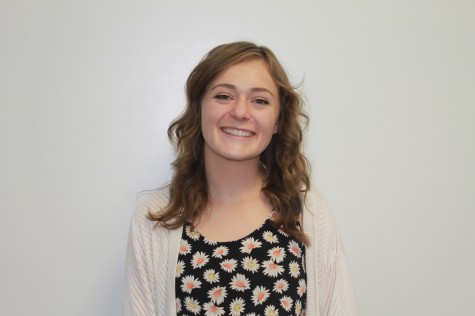
Hi friends. I am a senior at Air Academy and I will be the Junior Marketing Editor for the Jetstream Journal this year. If you brought me coffee today,...



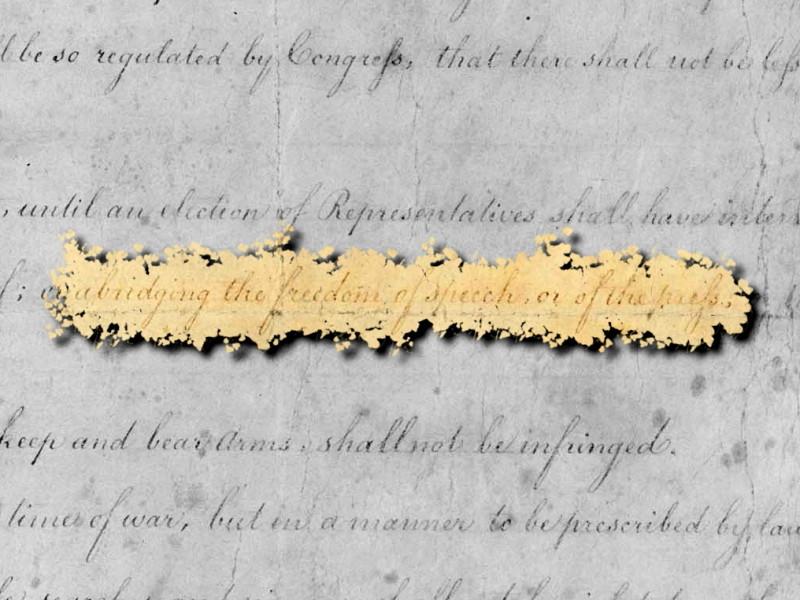
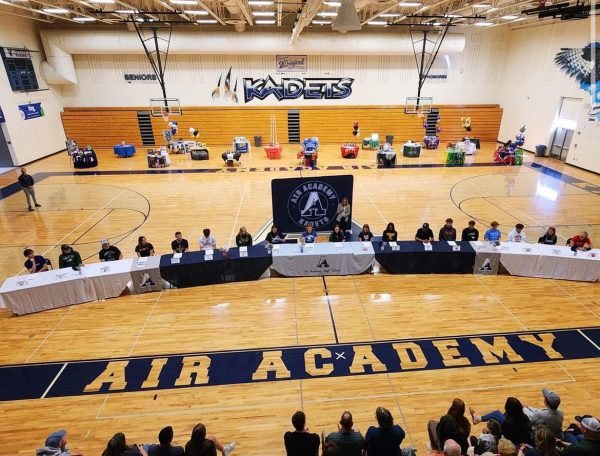




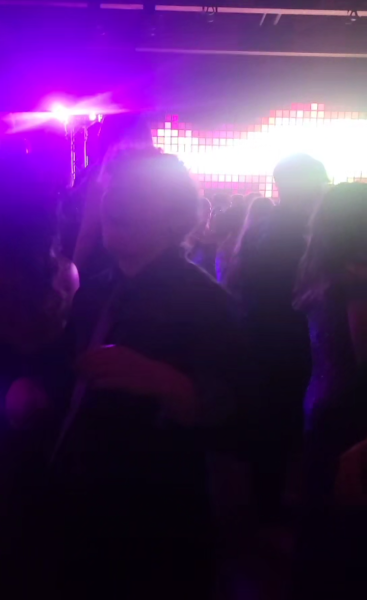
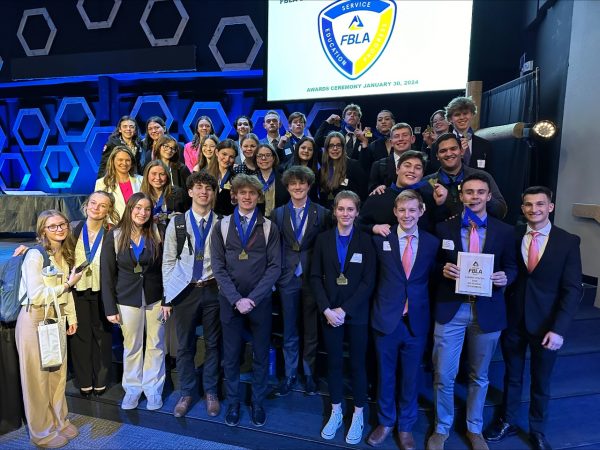
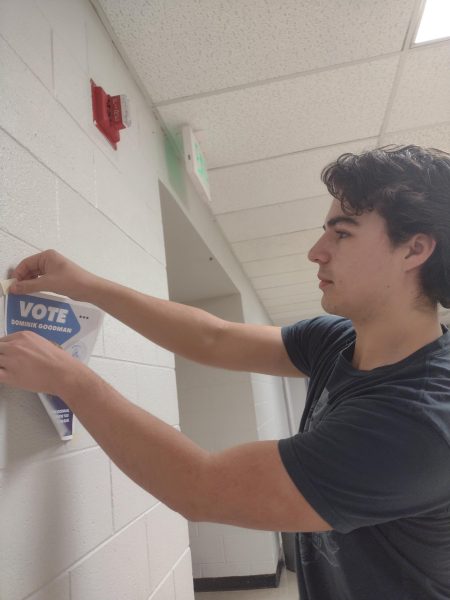






Whitney Moran • Dec 2, 2015 at 10:03 am
Great article! Insane to see the consequences of an article when it isn’t breaking laws?
Jenny Beth Maynard • Dec 2, 2015 at 9:49 am
Great article once again, Tali! I’m beginning to only expect exceptional work from you based on this consistent awesomeness.